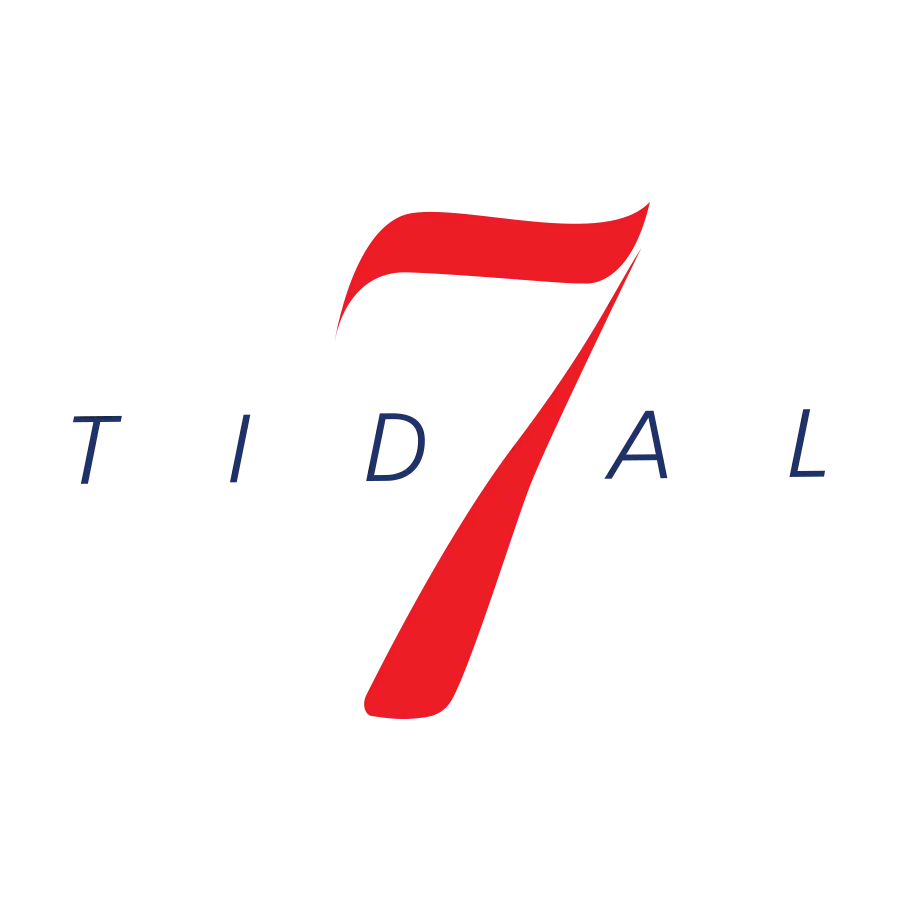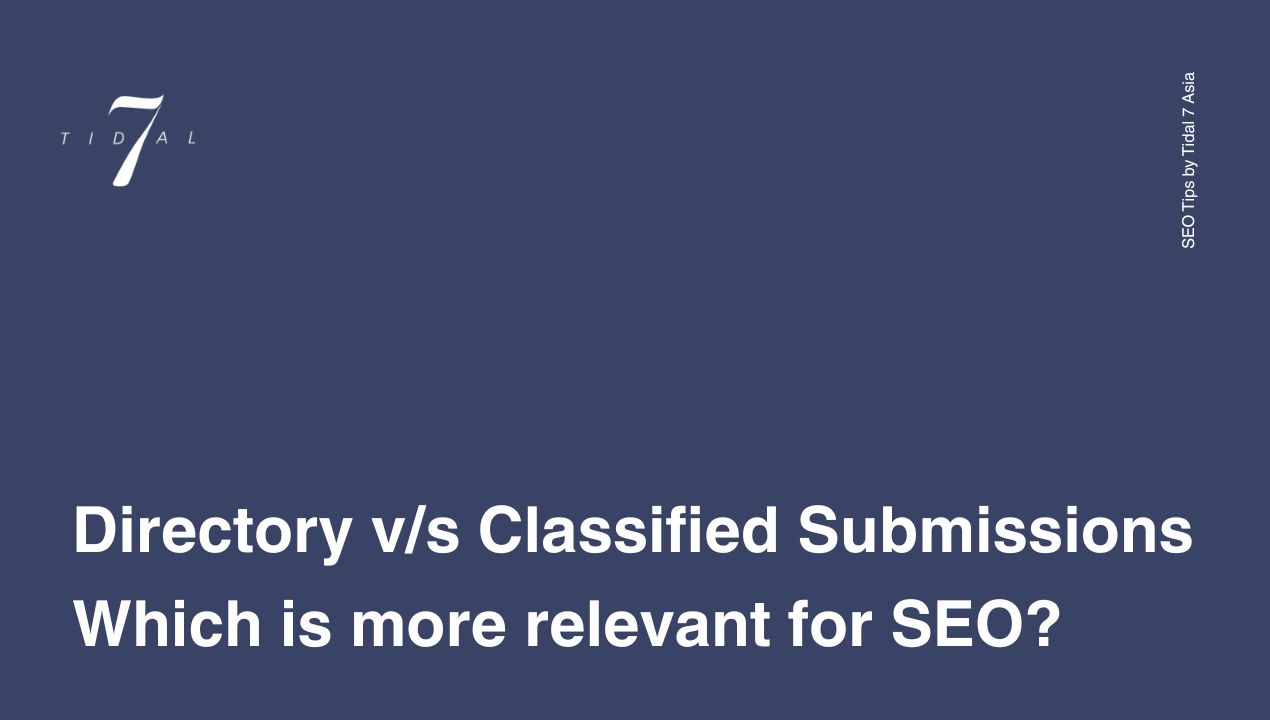
Thriving in Google’s AI-First Search Landscape: Content Optimization for the Search Generative Experience
In the rapidly evolving digital marketing landscape, Google’s Search Generative Experience (SGE) represents perhaps the most significant shift in search behavior since the mobile revolution. As AI-generated overviews increasingly dominate search results pages, content creators and marketers face an urgent challenge: how to maintain visibility and click-through rates when an AI might be summarizing your content instead of directing users to your website.
This isn’t just another algorithm update—it’s a fundamental reimagining of how people interact with search. Let’s explore practical strategies for optimizing your content to thrive in this new AI-dominated search ecosystem.
Understanding the New Search Reality
Google’s Search Generative Experience creates AI-generated overviews that directly answer user questions at the top of search results. While traditional organic listings still appear below these overviews, early data suggests significant shifts in user behavior and engagement patterns.
The implications are clear: content creators can no longer rely solely on ranking in position one or two. The game has changed from simply appearing in search results to having your content incorporated within the AI overview itself.
Optimization Framework for SGE Success
1. Structure Content for AI Consumption
AI systems love well-structured content with clear hierarchies of information. This isn’t just about headings and subheadings—it’s about organizing information in ways that make it easy for machines to parse and extract key points.
Consider implementing:
- Question-focused H2s and H3s that mirror common search queries
- Concise, definition-style opening paragraphs that directly answer primary questions
- Bullet points and numbered lists for steps, recommendations, or comparisons
- Tables for structured data comparisons (prices, features, specifications)
- Consistent formatting patterns throughout your content
Content that follows clear, logical structures isn’t just AI-friendly—it’s user-friendly too. The organizational patterns that help Google’s AI understand your content also help human readers find what they need quickly.
2. Create “Snippet-Worthy” Content Blocks
Featured snippets have long been valuable real estate in search results, and they’ve become even more crucial in the SGE era. These concise, informative blocks of text often serve as primary sources for AI-generated overviews.
To create snippet-worthy content:
Focus on direct answers to specific questions. Start paragraphs with clear topic sentences that could stand alone as answers.
Include concise definitions of key concepts: “Content optimization is the process of structuring information to maximize visibility in both traditional and AI-enhanced search results.”
Provide clear, step-by-step instructions when applicable, with each step distinctly labeled and explained.
Use benchmark statements that establish facts or consensus views: “Industry studies show that pages with structured data markup receive 30% more organic traffic than unmarked pages.”
3. Implement Schema Markup Strategically
Schema markup has transitioned from “nice to have” to “essential” in the SGE landscape. This structured data helps Google understand not just what your content says, but what it means.
Prioritize:
- FAQPage markup for question-and-answer content
- HowTo markup for instructional content
- Article or BlogPosting markup with detailed metadata
- Product schema with comprehensive attributes
- Review markup with quantitative ratings
When implementing schema, be thorough. Partial implementation offers limited benefits—comprehensive markup significantly increases the likelihood of your content being used as an authoritative source in AI overviews.
4. Develop Prompt-Style Content Patterns
Google’s AI systems are built on large language models trained on vast text datasets. These models respond particularly well to content structured in ways similar to effective prompts.
Consider incorporating:
- Clear, specific section introductions that frame the information that follows
- Summary blocks that distill complex concepts into accessible takeaways
- Comparison frameworks that explicitly highlight differences and similarities
- Contextual transitions between related topics
- Scenario-based examples that illustrate abstract concepts
This approach aligns with how AI systems process and prioritize information, increasing the chances your content will be selected as an authoritative source.
Measurement and Adaptation
In the SGE era, traditional SEO metrics tell only part of the story. Beyond rankings and organic traffic, monitor:
- Brand impression frequency within AI overviews
- Click-through rates from various positions in the new SERP layout
- User engagement patterns when your site is referenced in overviews
- Content performance across different query types (informational, transactional, etc.)
Tools like Search Console continue to evolve to provide insights into these new patterns. Supplement these with user testing to understand how your audience interacts with SGE results featuring your content.
Balancing AI Optimization with User Value
Perhaps the most challenging aspect of SGE optimization is balancing technical considerations with genuine user value. Content overly engineered for AI consumption risks feeling mechanical and uninspiring to human readers.
The solution lies in viewing structure not as a constraint but as a framework for clarity. Well-organized content serves both AI systems and human readers. Similarly, direct answers to common questions provide value regardless of whether they’re read on your site or incorporated into an AI overview.
The Path Forward
As the Search Generative Experience continues to evolve, so too will optimization strategies. What remains constant is the need for content that genuinely serves user needs while being accessible to the AI systems increasingly mediating the search experience.
Success in this new landscape requires both technical adaptation and a renewed commitment to creating genuinely valuable content. By embracing both imperatives—optimizing for AI visibility while maintaining human connection—digital marketers can navigate the challenges and opportunities of search’s AI transformation.
The brands that thrive won’t be those fighting against the tide of AI-enhanced search, but those learning to surf these new waves with skill and adaptability.




